The museum is located in Lower Manhattan
- The district primary functions as a center for business, cultural life, and administration.
- Most of the buildings are offices, shops, restaurants, and recreation facilities such as parks, museums, and open spaces.
- The number of residents currently constitutes about 60,000.
- Originally, the area was inhabited by Native Indians until the first Dutch settlers overtook it and built a New Amsterdam later in 1626.
- The area possesses historical, architectural, and cultural value as it encompasses a variety of corresponding monuments.
- The area is a center to folk and jazz clubs, modern art galleries, punk bars.
- The area is extremely diverse and lively featuring people of various ethnicities, occupations, interests and social layers.
- The greenery is a strong side of Lower Manhattan.
- However, the streets are full of cars and traffic jams, which creates noise pollution.
- The area is densely built up and capitalistic attitudes towards it leave fewer options for making it more livable.
- Transportation is organized mainly by metro communications.
- Cars and land transportation in a rush hour are not an option (see fig. 1).
- Street art is a fast-growing and popular art movement.
- Lower Manhattan is a famous place for festivals and exhibitions of street art (see fig. 2).
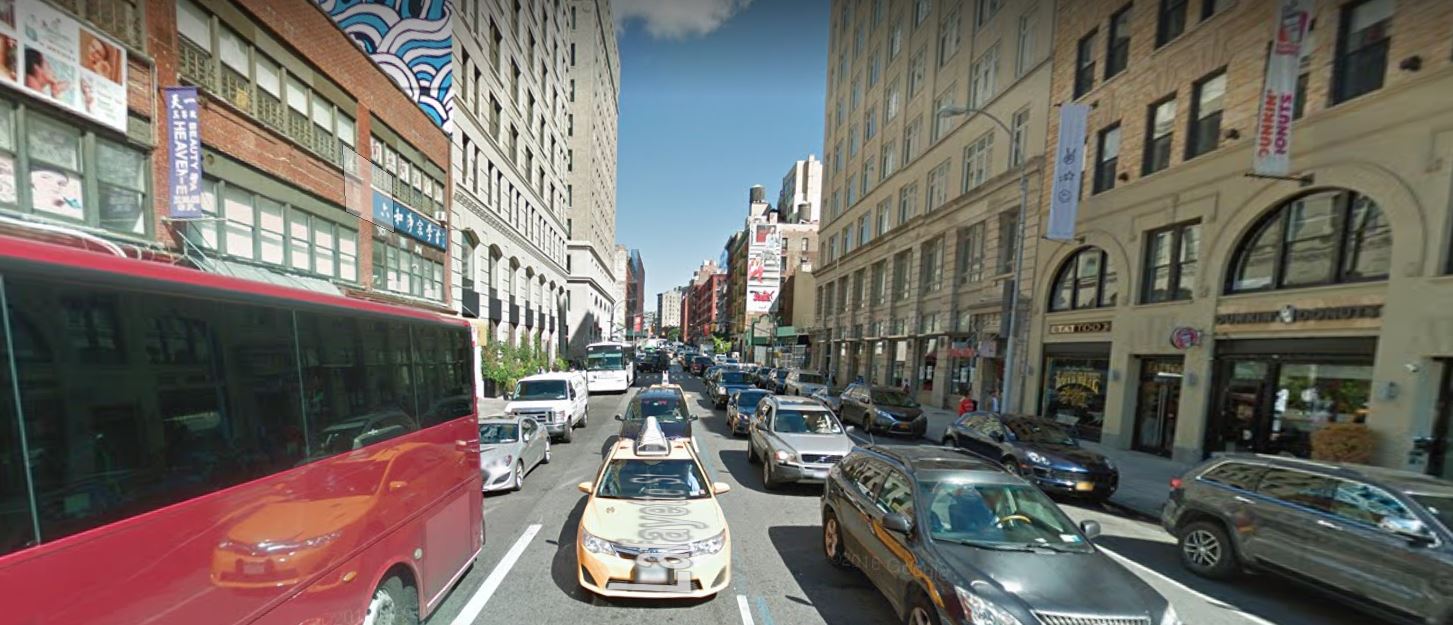
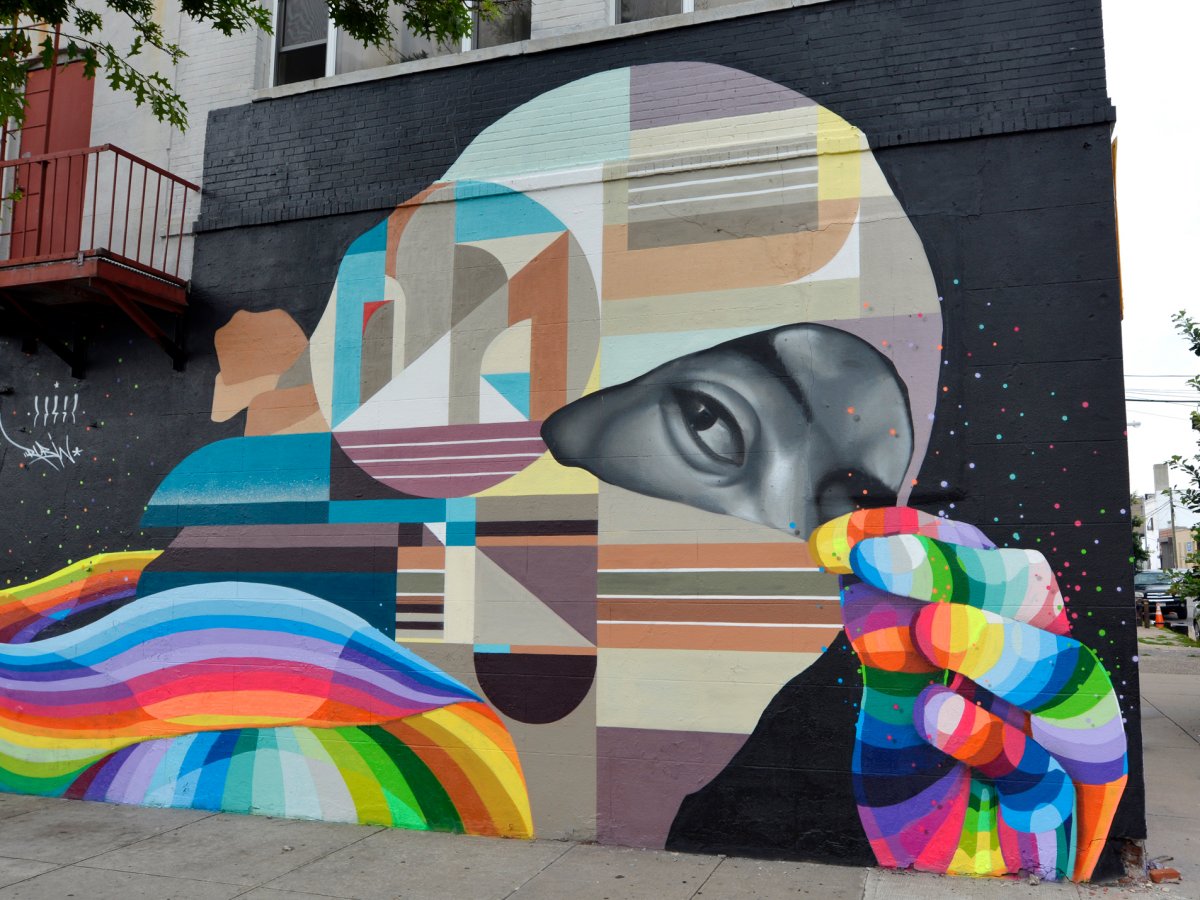
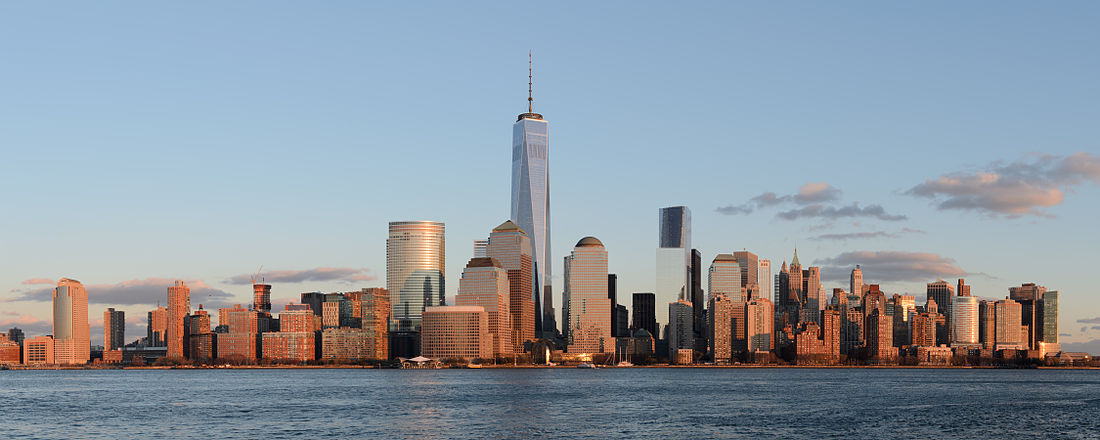
History
- The Chinese Museum is currently located at 215 Centre Street.
- It was constructed circa 1980 by Jack Tchen and Charlie Lai – a historian and a local activist respectively.
- The original location is Chinatown – the heart of Chinese American lifestyle, tradition and culture.
- In 2005 the museum received a grant of $20 million from Michael Bloomberg and moved to its current location in 2009.
- The new exterior and interior designed by famous modern Chinese architect Maya Lin (see fig. 4 and 5).
- The new building was substantially expanded up to six times the original size.
- The museum was originally designed as a not-for-profit educational and cultural institution.
- It holds items of culture and history of China viewed through the experiences of Chinese American.
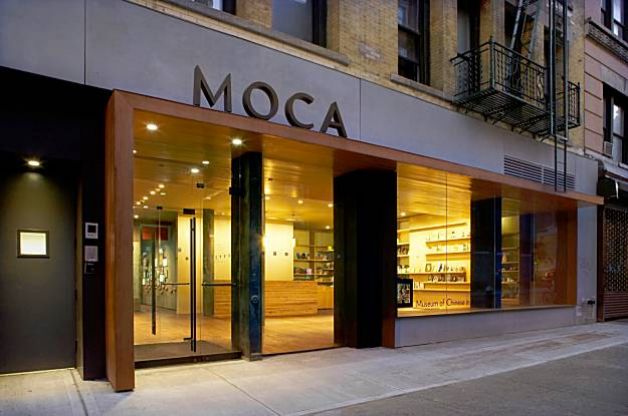
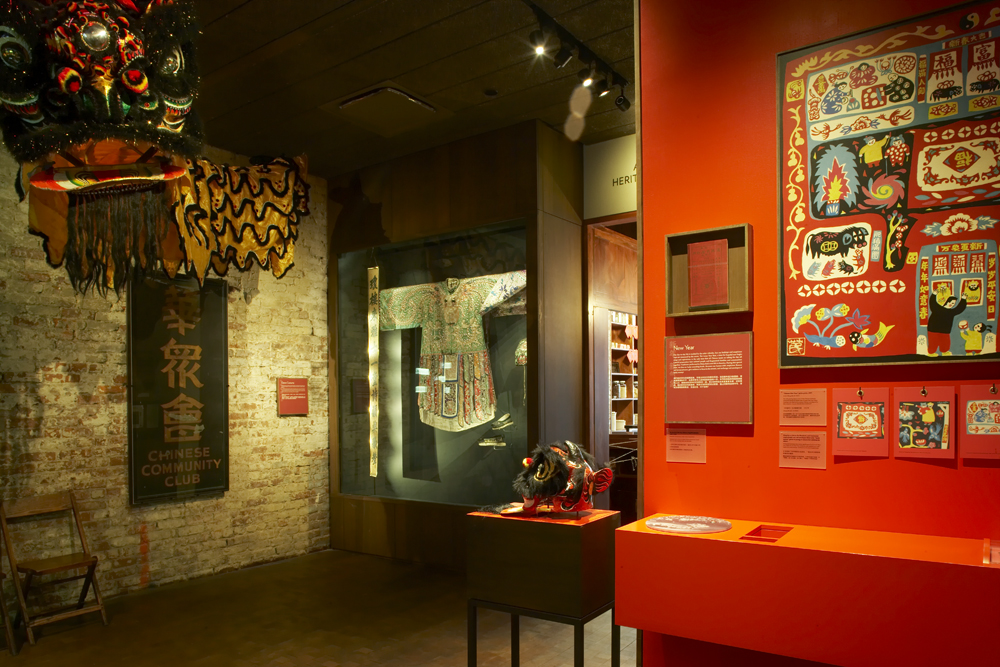
Exhibition. Stories of Chinese Food and Identity in America
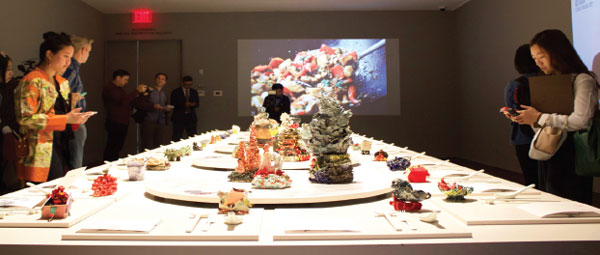
- The exhibition was held in October 2016-March 2017.
- It featured food and dining traditions as indicators of change in lives of Chinese Americans.
- Through local cuisine, the authors managed to express a variety of traditions in lower, middle and upper class of Chinese Americans.
- The idea was to view the experiences of Chinese in America through food and eating habits.
- The central motive, expressed in the name “Sour, Sweet, Bitter, Spicy” relates to a Chinese saying that implies bright and dark moments of life.
- The visitors may have witnessed how new Chinese American culture manifests itself through dish serving, tableware, eating zone design, and other attributes of eating culture.
- The exhibition featured native cuisine represented by 18 China region cooking styles.
- Special attention was paid to table serving and dressing.
- The visitor assessed the Mainland Chinese culture of eating with that of Chinese Americans.
- Thus, the contrast was of essence.
- Dishes were cooked by Native Chinese and Chinese-American Chefs.
- The exhibition was highly interactive and visitors were allowed to taste the dishes and learn the ways of Chinese eating traditions both new and old.
The Future of the Museum
- The museum could expand further and focus on juxtaposing the two Chinese cultures.
- Literally, the museum could be reconstructed in a way that adjoining rooms would show the present day Asian American and Native Chinese culture.
- The future of the museum is highly dependent on local Asians preserving their cultural traditions.
- The continuous transformation of thinking provides fertile soil for artists and generates content for new exhibitions.
- If Chinese Americans assimilate, the museum will change its purpose from documenting the ongoing story to pinpointing the past milestones and reflection.
- A broader population should be attracted.
- New marketing strategies could drive peoples’ attention towards rich culture of Chinese Americans.
- As an educator, the museum could inspire young Asian Americans to preserve their cultural identities and create new meanings.
- Therefore, the agenda could expand to cover new ages.
The Future of the Neighborhood
- Manhattan currently is a mix of function and presents an attraction.
- It generates large amount of profits in rent and taxes which leads to further increases in the land pricing.
- Major changes in altitude of construction may become an issue (“What New York Could Look Like in 2020”).
- Historical buildings are at risk as they are harder to convert to profit due to high repair expenses.
- City planning solutions appear with the emergence of technology – artificial islands (as an extension of Lower Manhattan).
- Possible shift of activity towards newly constructed artificial areas.
- A preservation of the history is a key to saving the active and diverse spirit of the place.
- Building altitudes must be regulated.
Works Cited
Bruner, Raisa. “A Photographer Embarked on a Mission to Document New York City’s Best Street Art before It Disappeared — Here Are Some of His Favorites.”Business Insider. 2016. Web.
“Lafayette Street.”Google Street View, n.d. Web.
“Lower Manhattan.”Wikipedia, 2017. Web.
Museum of Chinese in America (MOCA). “Exhibit: Sour, Sweet, Bitter, Spicy: Stories of Chinese Food and Identity in America.” MOCA, n.d. Web.
Rutgers University. “The Museum of Chinese in America: Continuity and Change.” Cross Ties, Mid-Atlantic Regional Center for Humanities. 2017. Web.
Seid, Christina. “5 Things to Do in Chinatown with $10 or Less.” Christina of Chinatown, n.d. Web.
“What New York Could Look Like in 2020.” National Geographic, n.d. Web.